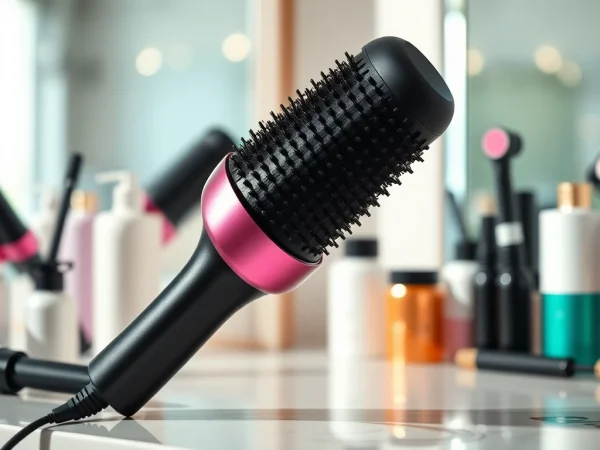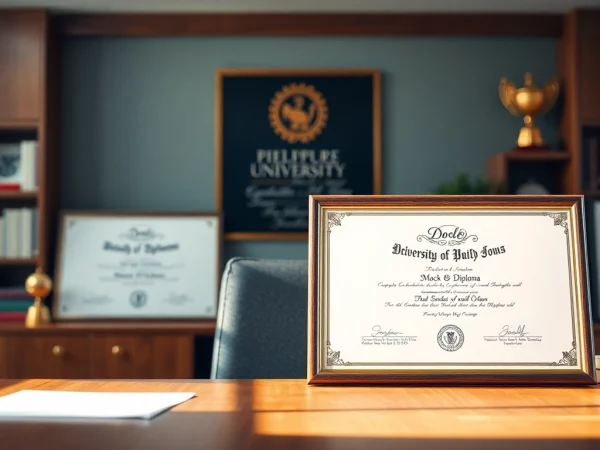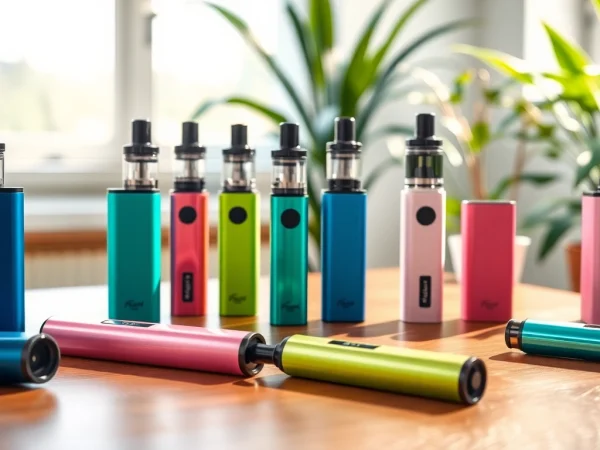Top Welding Masks: Protecting Welders with Safety and Precision
Understanding the Importance of a Welding Mask
The importance of protective equipment cannot be overemphasized in the welding industry, where hazards abound. A welding mask serves as the primary line of defense for the welder’s face, eyes, and neck against harmful flash burns, UV radiation, and flying debris.
What is a Welding Mask?
A welding mask is a specialized piece of personal protective equipment (PPE) worn by welders to protect their eyes, face, and neck from the intense light and heat generated during welding. It comes in various shapes and designs, with the most common types being auto-darkening helmets and passive helmets. Unlike traditional safety glasses, welding masks are equipped with dark lenses that can adjust to varying levels of brightness, providing the necessary protection from harmful rays produced during the welding process.
Why Safety Matters in Welding
Welding presents numerous risks such as arc eye, burns, and inhalation of harmful fumes. The American National Standards Institute (ANSI) outlines strict safety standards for welding masks to ensure that welders are adequately protected. Using a welding mask not only helps prevent serious injuries but also boosts productivity by allowing welders to concentrate on their tasks without distraction or discomfort caused by unsafe conditions.
Common Types of Welding Masks
Understanding the different types of welding masks can help you select the right one for your needs:
- Auto-Darkening Masks: These masks use sensors to automatically adjust the lens darkness based on the brightness of the welding arc. They are favored for their ease of use, allowing welders to see clearly both before and after striking an arc.
- Passive Masks: This type features a fixed shade lens. They are simpler and often less expensive but require the welder to lift the mask to see clearly when not actively welding.
- Pancake Hoods: These are a lightweight option ideal for those who require portability and minimal obstruction. They often come with external lenses and offer a lower profile for better visibility.
- Respirator-Equipped Masks: Some welding masks come integrated with respiratory protection to filter out harmful fumes and contaminants from the air, which can be critical for certain welding processes.
Features to Look For in a Quality Welding Mask
When searching for a welding mask, several key features can greatly influence performance and comfort.
Auto-Darkening Technology Explained
Auto-darkening technology is a groundbreaking advancement in welding mask design. This innovative feature allows the lens to detect light intensity and automatically adjust the shade from light to dark, providing instant protection as soon as welding begins. High-quality auto-darkening masks offer a rapid response time (usually measured in milliseconds) and a wider range of shade options to accommodate different types of welding and personal preferences.
Comfort and Fit Considerations
Comfort should not be compromised when selecting a welding mask. A well-fitted mask will prevent extended strain on the neck and shoulders, essential during long welding sessions. Look for features like padded headbands, adjustable straps, and lightweight materials. The weight of the mask can significantly affect comfort, so choosing a lightweight model can enhance usability and effectiveness.
Durability and Material Quality
The material used in the construction of welding masks is vital for longevity and safety. Masks should be made from heat-resistant and impact-resistant materials such as polycarbonate, fiberglass, or steel. Additionally, consider models that feature a scratch-resistant coating on the lens to maintain visibility over time.
Choosing the Right Welding Mask for Your Needs
Selecting the correct welding mask involves evaluating your specific needs and the type of welding you perform.
Different Masks for Different Welding Processes
The requirements for a welding mask may vary based on the welding process used. For instance:
- MIG Welding: Generally requires a medium shade mask due to the brightness of the welding arc. Auto-darkening masks are popular among MIG welders.
- TIG Welding: Often requires a lighter shade since the brightness is typically lower. A mask with a range of shades is critical for adjusting to varying conditions.
- MMA (Stick Welding): A dark lens is important for this technique because of the high intensity of the arc.
Budget vs. Quality: What to Prioritize
While it can be tempting to opt for a cheaper welding mask, prioritizing quality is essential for optimal safety and performance. Inexpensive models may lack critical safety features and durability. Investing in a reputable brand often yields long-term savings and safety benefits, as higher quality masks will withstand the rigors of continuous use and provide better comfort and visibility.
Top Brands and Recommendations
When it comes to welding masks, several brands stand out for their quality and innovation:
- Miller Electric: Known for their high-performance auto-darkening helmets with a range of features and advanced lens technology.
- Lincoln Electric: Offers a variety of durable and comfortable welding masks for both amateurs and professionals.
- ESAB: Renowned for their innovative designs and high-quality protective gear suited for various welding environments.
- 3M: Provides integrated welding solutions with dedicated respiratory shields for maximum protection against fumes.
Maintaining Your Welding Mask
Proper maintenance of your welding mask not only prolongs its life but also ensures ongoing protection. Here are some best practices.
How to Clean and Care for Your Welding Mask
Regular cleaning is essential to maintain visibility and performance:
- Use a soft cloth and a suitable cleaning solution specifically designed for welding masks to avoid scratches.
- Ensure that the inside of the mask is also clean and free from dust and debris.
- Regularly check the lens for scratches and replace it if any significant damage is visible.
Inspecting for Damage and Wear
Inspect your welding mask frequently for signs of wear, such as cracks, warping, or damaged lenses. Keeping a close eye on the condition of your mask ensures that you can replace it proactively before it becomes a liability.
When to Replace Your Welding Mask
Even the best welding masks have a lifespan. Replace your welding mask if you notice:
- Significant wear on the gore, which could compromise safety.
- Older models without modern safety features.
- Fading or discoloration of the lens, which hampers visibility.
Frequently Asked Questions about Welding Masks
What Mask is Best for Beginners?
For beginners, an auto-darkening welding mask is highly recommended. It provides the flexibility to see both clearly and protectively, reducing the chances of accidents and enhancing the learning experience.
How to Adjust Your Welding Mask for Safety?
Ensure your welding mask fits snugly but comfortably. Adjust the headgear to position the mask securely on your head and shield your face properly. Check for any gaps that could expose your skin and eyes to harmful rays.
Do Welding Masks Come with Warranty?
Most reputable welding masks come with a manufacturer’s warranty that covers defects and certain damages under normal use. Always check the warranty terms when purchasing to understand the coverage provided.










